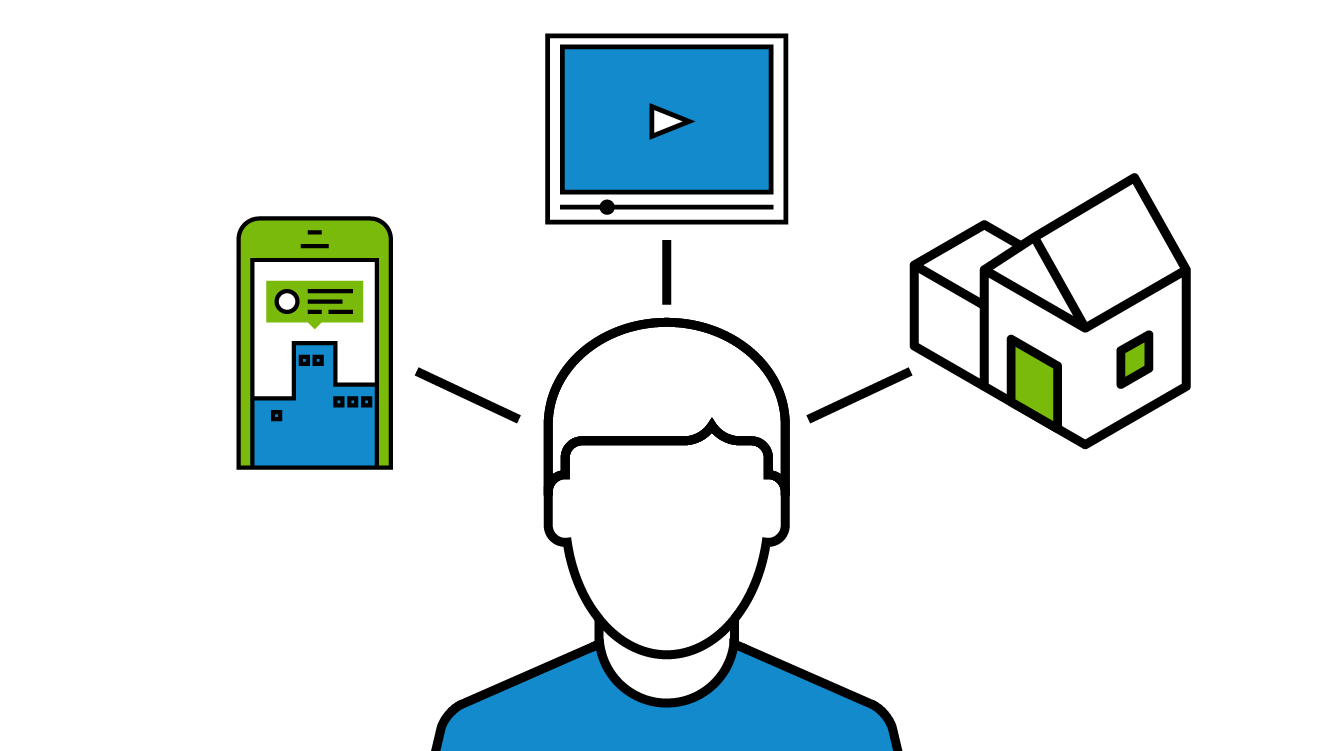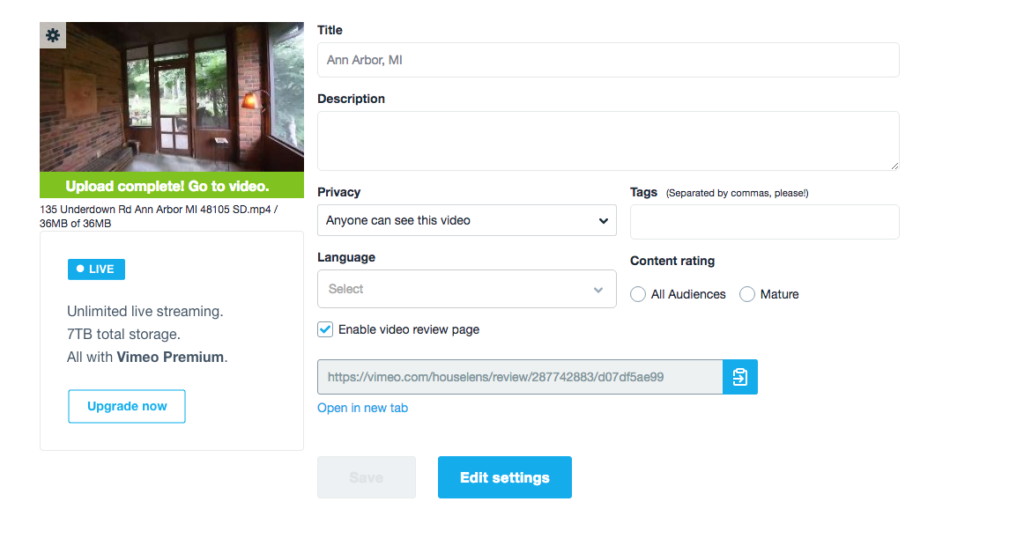
This is the final week of our series on media and marketing terms every agent and broker needs to know! Our first three weeks covered photo, video and 3D, and marketing terms. This week, we’re wrapping it all up with the second half of our marketing terms, I-Z.
Impression
A view of your content. An impression does not mean someone has interacted meaningfully with your content – it just means the content was visible to them. For instance, your Facebook ad passed through their newsfeed, or they loaded a page containing your video. Impressions are a good metric to track if you’re aiming primarily for awareness among people who haven’t yet started the home-buying or –selling process. To get the best return from your impressions, target your content carefully.
Inbound Marketing
Marketing that focuses on maintaining high visibility and authority, so that potential clients seek you out as a trusted source of help and information. Content marketing, SEO, and social media activity are some of the most popular methods used for inbound marketing. The goal of inbound marketing is usually to get potential clients to visit your website or call you voluntarily. Marketers sometimes refer to inbound marketing as permission marketing or relationship marketing.
Keyword
A specific word or phrase used by search engines to match users’ searches to specific websites, ads, or pieces of content (e.g., a blog post or video). A common SEO mistake is overusing keywords, in hopes that this will encourage search engines to prioritize the content. This practice is called keyword stuffing. Search algorithms are now sophisticated enough to recognize keyword stuffing and will usually downgrade content because of it.
Landing Page
A webpage focused on a single purpose or topic, designed to be used as a destination for click-throughs from ads, marketing emails, or other promotional content. Landing pages usually discourage navigation to other pages and are often hosted separately from a main website. The best landing pages deliver on the promise made by the content generating the clicks, are mobile-friendly and easy to use, and include a clear CTA.
Marketing Automation
Using a single software application to evaluate, make changes to, and run marketing campaigns across multiple platforms. The most comprehensive marketing automation software also tracks, scores, and categorizes leads as they interact with your marketing. You can then use this data to tailor your personal followups or the marketing messages you send each lead in the future.
Metadata

Most video hosting platforms allow you to enter a title, description, tags, and other metadata for your video. Good metadata makes your video more likely to appear in search results.
Literally, “data about data.” In marketing, metadata is the information you provide about specific pieces of content to help users or search engines find it. This might include tags, descriptions, keywords, or other details. Most video-hosting platforms provide a way for you to enter metada when you upload videos. For your website, you can use metadata options that are built into your CMS or install an SEO plugin, such as Yoast.
Open Rate
The percentage of people who received a marketing email and opened it in a trackable way. A good open rate for real estate-oriented emails is 15-20%. Expect generic content, such as newsletters, to be on the lower end of this range. To maximize your open rate, target or personalize your content by sending people different information based on their location, where they are in the buying/selling process, their stage of life, etc.
Persona
A profile that describes important characteristics of your typical client or the people whose business you want to win. A persona may include details such as demographic information (age, gender, income level, etc.), personality traits, hobbies, or common challenges/problems these individuals face. The goal of a persona is to help you craft and target your marketing content so that it wins the attention and engagement of your desired client base. You should have a clear persona for each major type of client you work with (or want to work with). For instance, if you work with both buyers and sellers, you should have at least two personas to guide you.
Reach
The number of individual people who saw your content. Each person may see your content multiple times, with each time equaling one impression. This is why reach and impressions are often different numbers.
Responsive Design
A way of designing a website so that it automatically adjusts to all types of devices, from desktop computers to mobile phones. Responsive design goes beyond just resizing a page to fit a screen: it ensures that your site still looks beautiful and is fully functional, regardless of how a user accesses it. This requires you to consider design elements, how videos or photos load, how forms function, and more. Google prioritizes responsive (“mobile-friendly”) sites in search results. Using responsive design can eliminate or minimize the need for an app or separate, mobile version of your website.
Segmentation
The process of dividing up your list of leads or clients based on characteristics or behaviors. For instance, you might segment your email list by stage of life. Segmentation makes it easy to target customers with content that is most relevant to them. In the example above, segmentation would allow you to set up separate email lists for potential clients who are retirees, new parents, or empty-nesters. You can then send different email content to each list: information about downsizing to retirees, information about upsizing to new parents, and information on second-home purchases to empty-nesters.
SEO
Search Engine Optimization. The process of managing a website or webpage so that it shows up higher in Internet search results. Because Google dominates the search engine world, website managers most often tailor their SEO activities to fit Google’s priorities. SEO is notoriously difficult to perfect because Google’s ranking algorithm changes frequently and considers numerous criteria. These include content type (video takes priority), “authority” (whether Internet users seem to trust content from the site), quality and length of written content, keywords, frequency of site updates, quality of links to or from content, and whether a site is mobile-friendly.
Tag
A word or short phrase used to organize online content. Tags are useful for SEO and improving users’ search experience on your website or blog. Blogs, video hosting and social media platforms, and SEO plugins usually provide a place where you can associate tags with a particular piece of content. Make sure to keep your tags short, and match them to the kinds of categories or phrases users are likely to search.
Are there any terms you think we should have included in our glossary? Share them in the comments!
